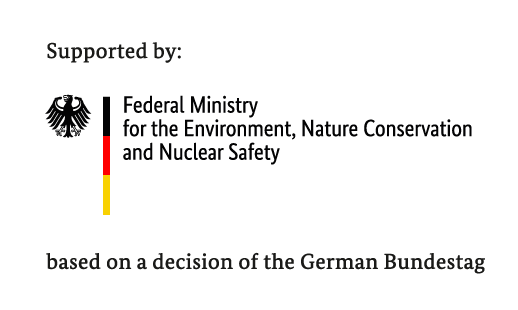Motivation behind the guide


ICLEI - Local Governments for Sustainability works with cities and local governments to:
- Provide guidance on how to define a 100% renewable energy roadmap, by making available methodologies, tools and other resources
- Model and assess local renewable energy potential for developing renewable energy and energy efficiency projects
Information and data are key factors in enabling better decision making for implementing renewable energies in cities. Geographic information systems (GIS) within urban energy analysis and planning allow for the capture, storage, and display of detailed information. GIS has proven its effectiveness in assessing renewable energy generation potential and understanding the spatial dimensions of energy consumption within a city.7 Moreover, there is a growing distribution of open geographical data and open-source geospatial software. Open standards are a central element to increase interoperability, reducing costs of data and software tools, and creating equal opportunities for cities worldwide to address geospatial phenomena.8
Not all cities are aware of the robust open geographical data and open-source geospatial software, hence, this technical guide can support a successful estimation of solar rooftop potential in city buildings, and enable reproducibility for other cities. The guide is demonstrated on the cities of Rosario and La Plata in Argentina. Both cities are part of the ICLEI network and 100% RE project.
Li, C. (2018). GIS for Urban Energy Analysis. Comprehensive Geographic Information Systems, 187-195. doi: 10.1016/b978-0-12-409548-9.09652-4↩︎
Coetzee, S., Ivánová, I., Mitasova, H., & Brovelli, M. (2020). Open Geospatial Software and Data: A Review of the Current State and A Perspective into the Future. ISPRS International Journal Of Geo-Information, 9(2), 90. doi: 10.3390/ijgi9020090↩︎